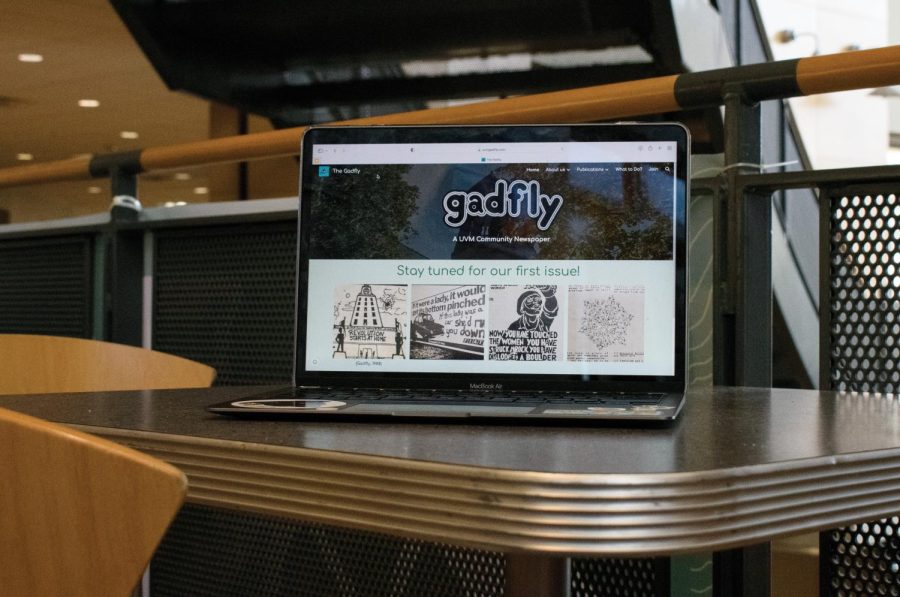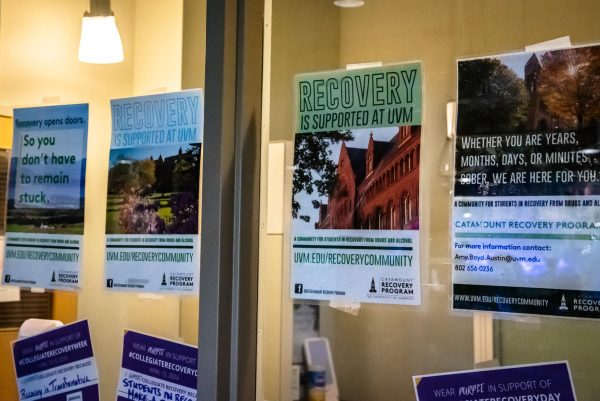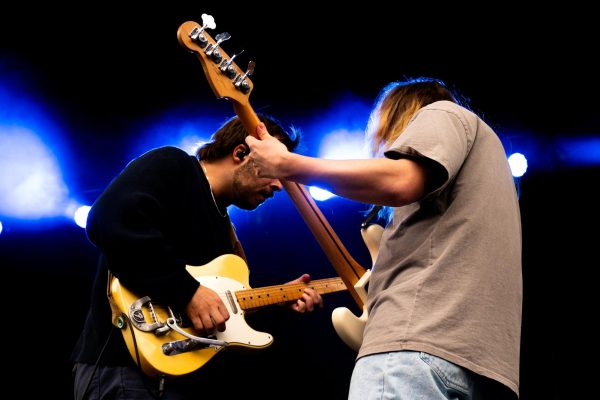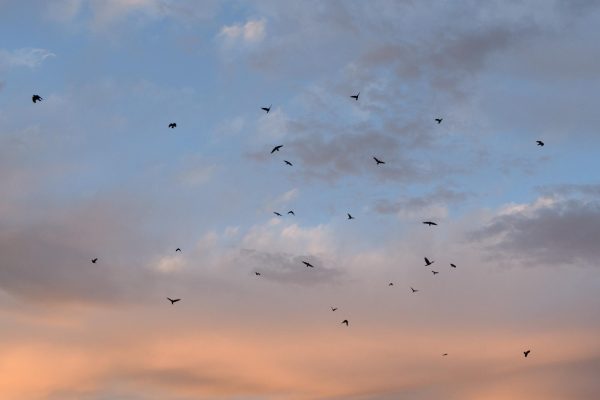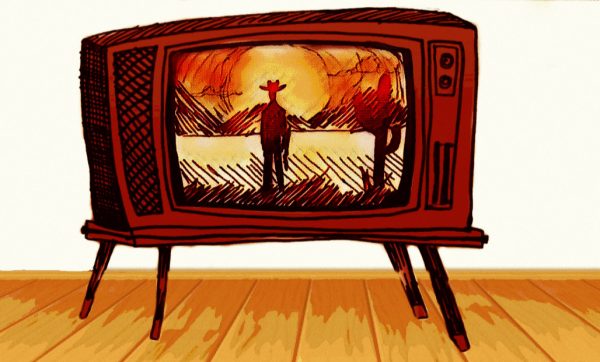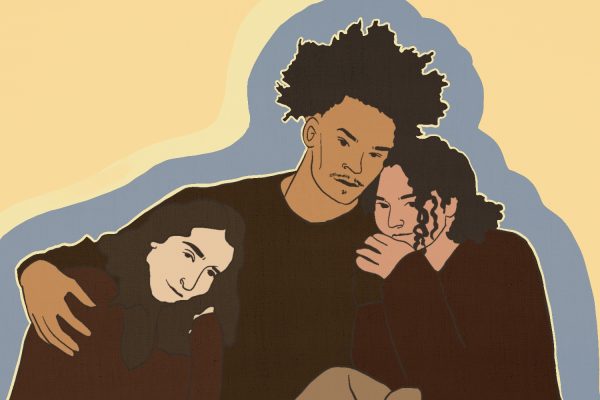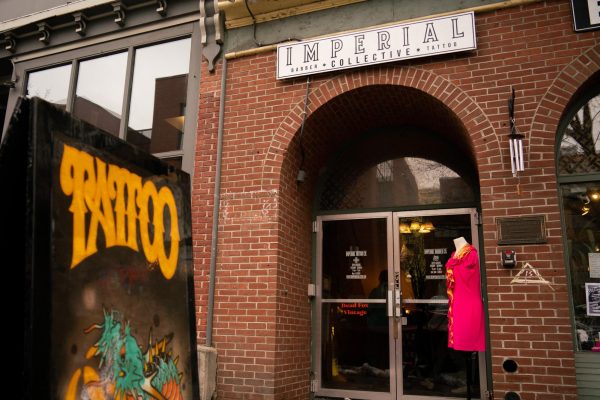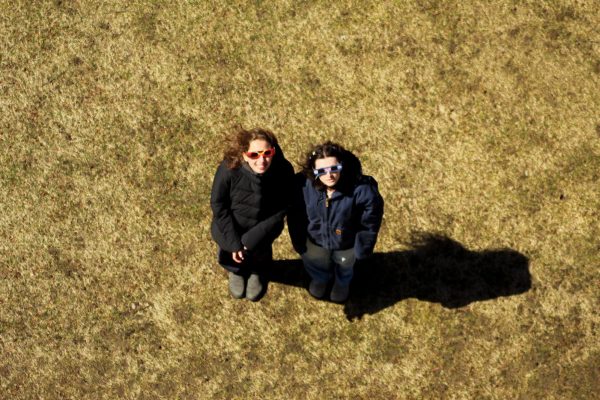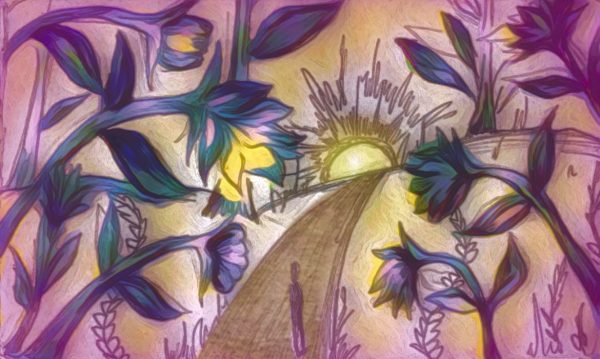The latest buzz: The Gadfly returns after 26-year dormancy
The website of the Gadfly, a student-run media outlet that was recently revived following its original run from 1985-97. Content is published in print zines as well as online.
A campus newspaper links together generations of student writers, artists and activists who question the status quo.
Reestablished last month, the Gadfly is a student-run media outlet that publishes a monthly zine in tandem with their online presence.
The publication, printed every three weeks, covers events and social issues that lack coverage in mainstream press and provides a platform for alternative forms of expression, such as poetry and visual art, according to their website.
The Gadfly officially released its first reissue, titled “The Resurrection,” Feb. 23. The print and online publications included four articles with subject matter ranging from look-alike bug species to graffiti to student housing, with three additional articles published exclusively online.
The publication originally ran from 1985-97, and UVM’s Silver Special Collections Library on the second floor of Billings Library provides access to its original print issues.
The Gadfly originally emerged as a student-run publication meant to amplify the voices of campus activists regarding administrative, local and international issues, documenting events such as UVM’s investment in corporations active in South Africa’s Apartheid regime, according to a March 5, 1996 Gadfly article.
Junior Purva Shirolkar and her friends were inspired to revive the Gadfly when a Special Collections librarian told her about the newspaper last spring, Shirolkar said.
“Our first issue […] is a zine because we are broke right now,” Shirolkar said. “But the plan is to become a full newspaper publication.”
There are no editor positions on the Gadfly, said first-year Sam Dau, a worker for the Gadfly. Instead, all members read over each other’s work and provide feedback.
Their content spans from poetry, visual arts and word searches to local and global political commentary. Although they publish as a collective of writers themselves, anyone is able to send their work into the Gadfly through a Google Form on their website.
“The main thing we’re trying to do is showcase our community,” Dau said. “That’s why we take submissions and don’t just cover sad, harrowing shit—we try to make it fun.”
Like its original founders, the Gadfly today opens discussions on topics not prevalent in UVM and Burlington’s existing media organizations, like the October 2021 Sears Lane homeless encampment defense, said a junior and worker for the Gadfly who wished to remain anonymous due to fears over potential retaliation from the administration.
In circulating its content, the Gadfly seeks to make people aware that past social issues are not healed by time, but are just as relevant today, said sophomore Aspen Overy, a worker for the Gadfly.
“[We try] to communicate that length so people can see the broader institutional trends more than just what happened in the past month,” they said.
People’s fear of punishment makes recruiting writers or getting sources to speak out against administrative faults an obstacle, Overy said.
Due to the expense of printing and difficulties getting their name out for fundraising, the Gadfly is limited by how much content it can fit into a print issue and how many issues its staffers can distribute, Overy said.
The Gadfly is in the process of getting SGA recognition by the end of the spring semester to get funding from UVM for the 2023-24 school year, the anonymous student source said.
Gadfly staff currently rely on grassroots fundraising efforts, like tabling in the Davis Center, to finance publication production, said Ashelyn, a first-year and worker for the Gadfly who declined to provide their last name.
To avoid a backlog of content, most of the Gadfly’s current articles will be available online while only specific pieces will be published physically, the anonymous student said.
Although she had never heard of the Gadfly, first-year Lauren DeGroot supports having multiple news outlets on campus to give voice to an array of students.
“There isn’t just one news coverage per state, so I guess there shouldn’t just be one per university,” DeGroot said.
After reading the Gadfly’s first issue, first-year Robin Olsen said she is interested to see where it leads.
“It’s giving vibes like a revolutionary zine or newsmag,” she said. “But at this moment, the articles still felt a little disjointed, like it’s still trying to find its ground about what it’s representing.”
Gadfly’s stories of subjective human experience make it much more provocative than other UVM media outlets, Olsen said.
“I think it has a great place to be a spot for referenda, almost like a town meeting,” she said. “It has the ability to expose different points of view. I think that’s something that gives it a lot of power.”
Provoking action is a primary goal of the Gadfly, Dau said.
“[We’re doing] more than just reporting on the issues—[we’re] rallying people around them,” they said.


